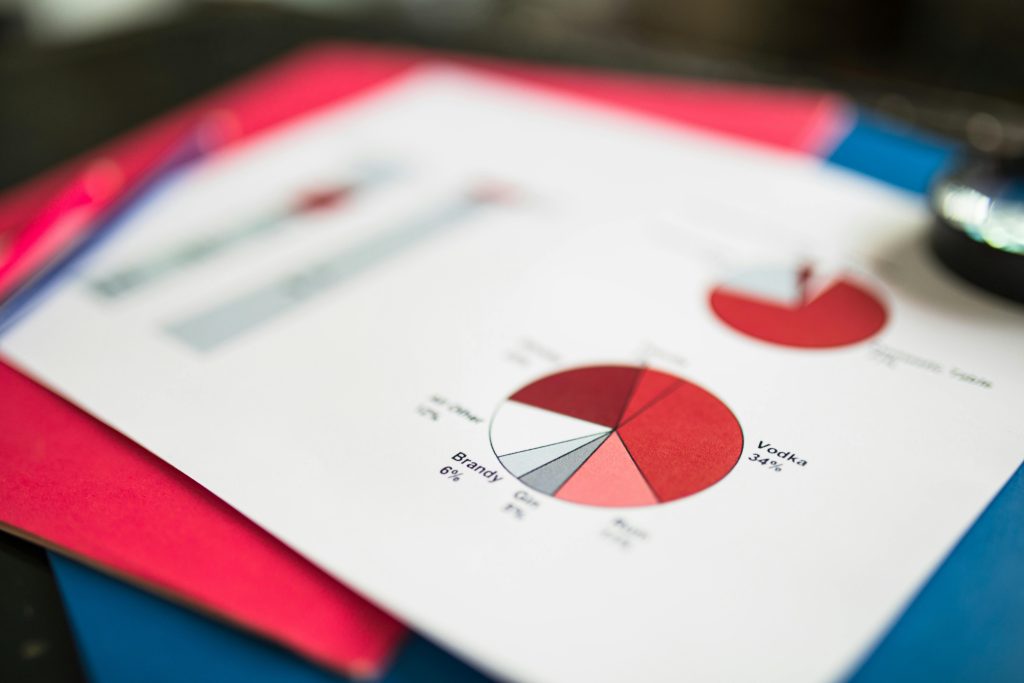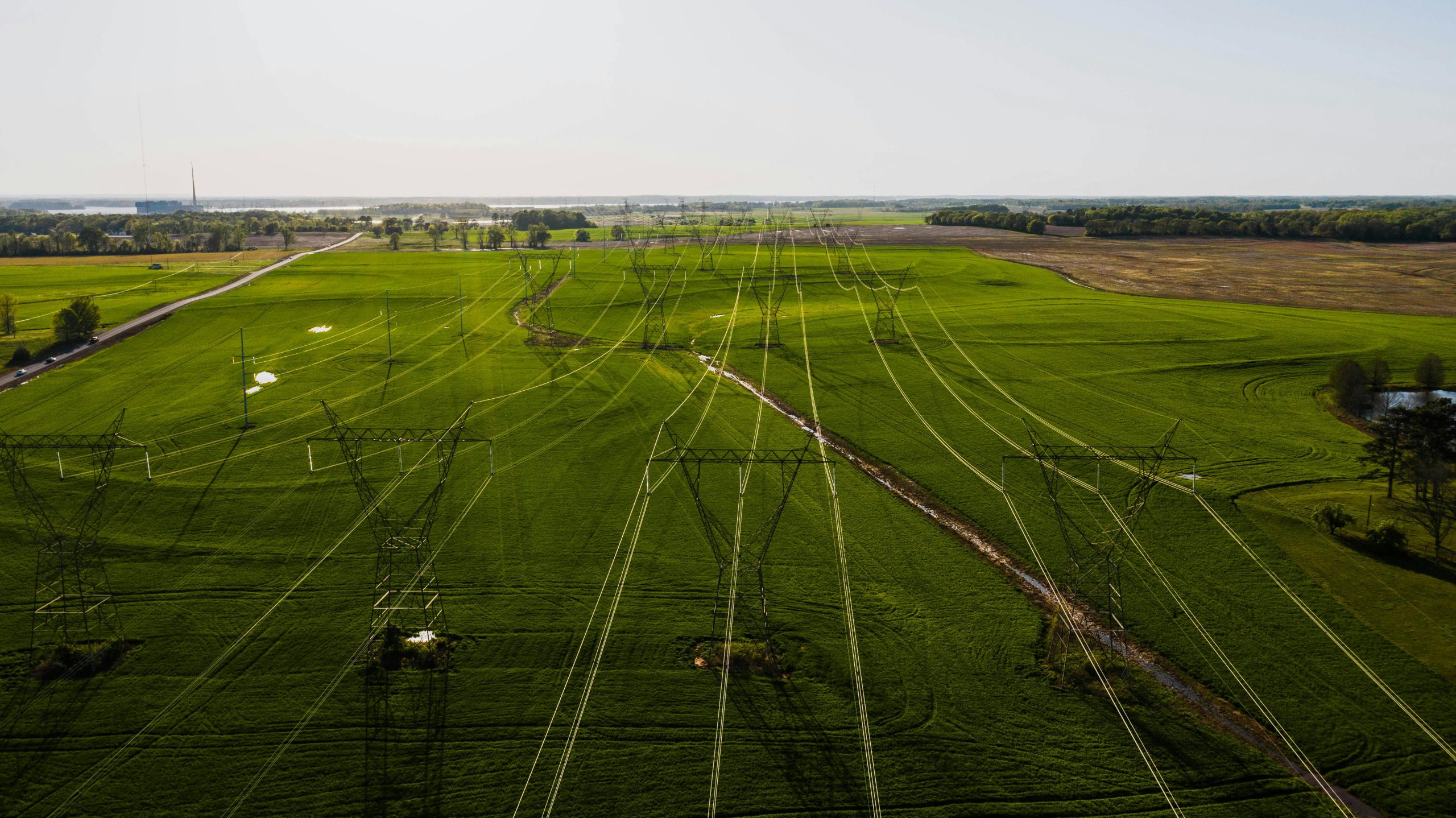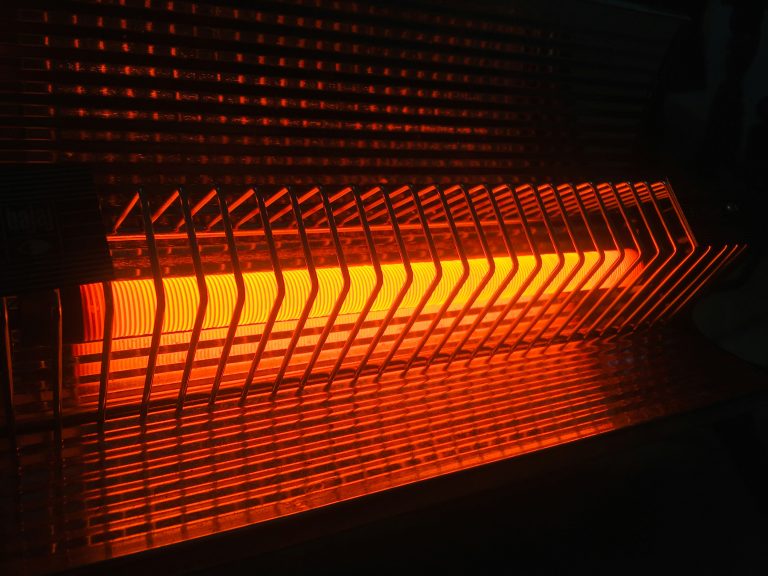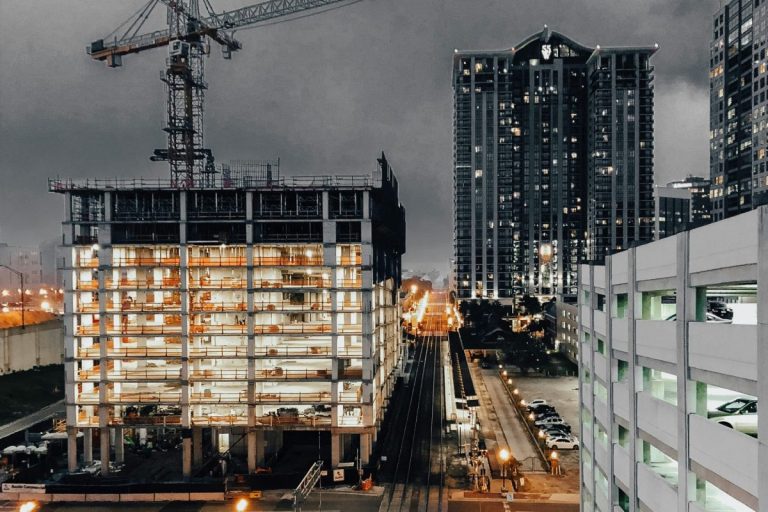UAV Inspection Services for Power Lines: Enhance Safety
Keeping the lights on across the Northeast is a massive job. You probably feel the pressure every day. A single failing component on a power line can cause outages, costing money and frustrating customers.
For years, the only way to check was sending people up in helicopters or having them climb towers. We all know how slow, expensive, and dangerous that is.
There is a much better way forward, and it involves looking to the sky with modern UAV inspection services for power lines.
What Exactly Are UAV Inspection Services for Power Lines?
Think of it as giving your inspection team a set of superpowers. Instead of binoculars and a notepad, they use advanced drones, or Unmanned Aerial Vehicles (UAVs).
These are not the consumer drones you see in a park; they are industrial-grade machines loaded with specialized, advanced sensors.
An inspection drone is programmed to fly specific paths along power lines, capturing detailed information from a safe distance.
This approach to powerline inspection is a world away from the old methods. No more risky helicopter flights or dangerous tower climbs are needed for routine visual inspections.
These inspection drones carry serious technology. They have high-resolution cameras that can spot a tiny crack in an insulator from hundreds of feet away. They also use thermal imaging sensors to see hot spots that are invisible to the naked eye, a sure sign of a future failure.
Some even use LiDAR (Light Detection and Ranging) to create precise 3D maps of the entire corridor. This technology shows exactly where trees are getting too close to the lines.
This level of detail from a drone powerline inspection makes maintenance planning much more accurate.
Why Traditional Methods Are Falling Behind
The old ways of conducting a powerline inspection are no longer sufficient. They were the best we had, but drone technology has moved on. Continuing with outdated methods creates unnecessary safety risks and costs that your business does not need to carry.
The High Costs of Helicopters and Ground Crews
Let’s be honest, flying helicopters is expensive. You have the fuel, maintenance, insurance, and highly paid pilots. Then you need a ground team to support the operation, which adds more complexity and expense to traditional power line inspections.
This approach is also very slow. A crew can only cover so much ground in a day, which limits the frequency of manual inspections. That means inspections happen less often than they should, leaving the grid vulnerable to potential issues.
Furthermore, scheduling these operations is a logistical puzzle. Weather constraints, airspace regulations, and crew availability can cause significant delays. Each hour of delay is an hour your assets go uninspected, increasing the risk of an unexpected failure.
Unacceptable Safety Risks
Working around high-voltage power lines is one of the most dangerous jobs out there. Every time a lineman climbs a tower, there is a serious risk of falls or electrocution. Helicopter pilots flying low along power lines face incredible dangers as well, including wire strikes that can be catastrophic.
These risks are not just theoretical; they are a harsh reality in the utility industry.
Data on workplace safety from groups like the U.S. Bureau of Labor Statistics highlight the constant dangers electrical power-line installers and repairers face. Improving safety by removing people from these situations should be a top priority for all electric utilities.
Using an inspection drone removes this human element from the most hazardous parts of the job. Drone pilots operate safely from the ground, far from any electrical hazards. This simple change drastically reduces the chance of a life-altering accident during routine inspections.
Incomplete Data and Human Error

Even the best inspector can miss things when they’re 100 feet up a tower with a pair of binoculars.
Small stress fractures, early-stage corrosion, or insulator flashover marks can be almost impossible to spot. What you get is often subjective data that lacks the detail needed for proper analysis.
The data collected from manual inspections often consists of handwritten notes and a few photos. This information is hard to track, compare over time, and analyze for trends.
It makes it difficult to predict future problems with any accuracy or to integrate the information into modern asset management systems.
This leads to inconsistent reporting and makes a thorough manual review a difficult task. The quality of the inspection data can also vary greatly from one crew to another. This lack of standardization complicates maintenance schedules and budget forecasting.
The Clear Advantages of Drone Power Line Inspections
Switching to drone inspections solves the major problems of traditional methods. The benefits are not just small improvements. They represent a fundamental shift in how we approach asset management and grid maintenance, making everything more effective.
Slashing Costs and Boosting Efficiency
A drone inspection team is much smaller. You typically just need a certified pilot and perhaps a visual observer.
You can get them on-site and in the air in a fraction of the time it takes to arrange a helicopter for aerial power line viewing.
A single drone team can perform drone powerline inspections over miles of power lines in a single day, covering large areas quickly.
This operational efficiency means you can inspect your entire network more often. More frequent inspections allow you to catch problems earlier, before they cause a major outage and lead to costly emergency repairs.
Research, like studies from the Electric Power Research Institute, consistently shows that drones significantly cut inspection costs and time.
The ability to complete inspections faster directly translates into better maintenance schedules. This allows for planned repairs instead of reactive, emergency responses, ultimately reducing downtime.
Putting Safety First
This is probably the most important benefit of a UAV inspection. With a drone, the pilot is standing safely on the ground. There is no climbing and no low-altitude flying in a helicopter, which is a major step in improving safety.
Drones remove the human element from the most dangerous parts of the job. You get better data without putting a single person at risk.
They can also fly in areas that are too difficult or hazardous for ground crews to reach, like over mountains, dense forests, or wetlands.
After severe weather events, drones can be deployed quickly to assess damage without waiting for roads to be cleared. This gives utility companies a head start on restoration efforts. This rapid assessment capability enables us to restore power to customers much faster.
Getting Better, Actionable Data

The imaging sensors on a powerline inspection drone are incredibly advanced. High-resolution cameras capture photos that can be zoomed in to see the serial number on a bolt, providing a clear, permanent record of every single component.
Thermal imaging finds problems before they become critical. An overheating connector might look perfectly fine, but a thermal sensor will see it glowing with heat. This lets you fix the issue proactively during scheduled maintenance, a key part of reducing downtime.
LiDAR data gives you a complete 3D picture of your power corridor. You can measure the distance from a wire to a tree branch with centimeter-level accuracy.
This makes vegetation management much more precise and efficient, preventing outages caused by tree contact.
| Feature | Traditional Inspection | UAV Inspection |
|---|---|---|
| Safety | High risk to personnel | Minimal risk, operator on ground |
| Cost | Very high (helicopters, large crews) | Significantly lower operational costs |
| Speed | Slow, covers limited mileage per day | Fast, covers extensive areas quickly |
| Data Quality | Subjective, limited visual data | Objective, high-res visual, thermal, and 3D data |
| Accessibility | Limited by terrain and conditions | Can access nearly any location |
How Our UAV Inspection Services for Power Lines Work
You might be wondering what this inspection process looks like. It is a straightforward and organized workflow. The services offer a clear path to getting the information you need with minimal disruption to your operations.
Step 1: Planning and Preparation
It all starts with a plan. We sit down with you to understand exactly what you need. We define the specific lines to be inspected and what kind of potential issues are the highest priority for your electrical infrastructure.
We then create a detailed flight plan. This plan takes into account all FAA regulations, local airspace restrictions, and even our privacy policy regarding data collection over private property.
We choose the right drone and sensor combination for your specific project, whether that is a comprehensive visual inspection or a thermal scan for hot spots.
Step 2: The Inspection Flight
On the day of the inspection, our FAA-certified and experienced drone pilots arrive on site.
They perform all pre-flight checks and launch the drone. The drone then flies the pre-programmed route automatically, a process that ensures maximum flight time efficiency for covering large distances.
This automated flight ensures the drone maintains the perfect distance and angle from the power lines.
It guarantees consistent, high-quality data every single time from a single flight. The pilot monitors the flight and can take manual control at any point to get a closer look if something appears unusual.
Step 3: Data Processing and Analysis
After the flight, the real work of data inspection begins. We download terabytes of data from the drone.
This includes thousands of high-resolution images, thermal data, and LiDAR point clouds captured by our advanced cameras.
This massive amount of inspection data is then processed using powerful software.
AI algorithms often help with the initial sort, flagging potential areas of concern automatically, greatly reducing manual review time.
Our experienced analysts then review every flagged issue to confirm the findings and provide context.
Step 4: A Detailed Report

Finally, we put everything together in a simple, clear report. You will not just get a disk full of images. You get an actionable document that pinpoints the exact location of every problem and helps streamline your data analysis.
Each finding includes geolocated images and a description of the issue. We classify the severity of each problem so your maintenance teams can prioritize their work effectively.
This report makes it incredibly easy to go from detection to repair and integrate the findings into your existing asset management systems.
What Kinds of Problems Can Drones Find?
Drones are incredibly versatile tools for any UAV inspection. They can spot a wide range of issues that could threaten your grid’s reliability. Here are just a few examples of what drone inspections routinely identify:
- Hardware Failures: Things like cracked insulators, loose fittings, damaged conductors, or failing lightning arrestors.
- Structural Issues: We can spot rust, cracks, woodpecker damage on wooden poles, or even foundation erosion on steel towers.
- Vegetation Management: We precisely identify any trees or branches that are too close to your lines, posing a fire or outage risk.
- Thermal Hotspots: We find failing connectors, splices, or switches that are overheating before they fail completely.
- Foreign Objects: This can include anything from bird nests and stray Mylar balloons to overgrown vines that can cause a short circuit.
Beyond Energy: Who Else Benefits in the Northeast?
While utility companies are a primary user, they are not the only ones. Many businesses in the Northeast rely on understanding the infrastructure around them. This powerful drone powerline technology has wide-ranging applications across multiple industries.
Construction companies planning a new project near existing utility lines can get precise data on their location.
This helps avoid costly and dangerous accidents during excavation or building. Aggregate and agricultural operations that manage their own on-site power lines can use these services for their own private grid.
Any large-scale infrastructure project, from building a new highway to a commercial development, benefits from capturing detailed data of the surrounding area.
This is especially true in the challenging weather and terrain of states like Pennsylvania, New York, and New Hampshire.
Conclusion
The old ways of inspecting power lines are being left behind for good reason. UAV inspection services for power lines offer a solution that is safer, much faster, and provides far better, detailed data.
This technology empowers your company to shift from a reactive maintenance model, where you fix things after they break, to a proactive one where you fix problems before they happen.






